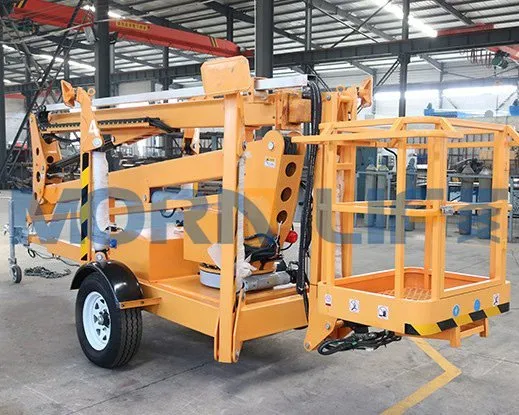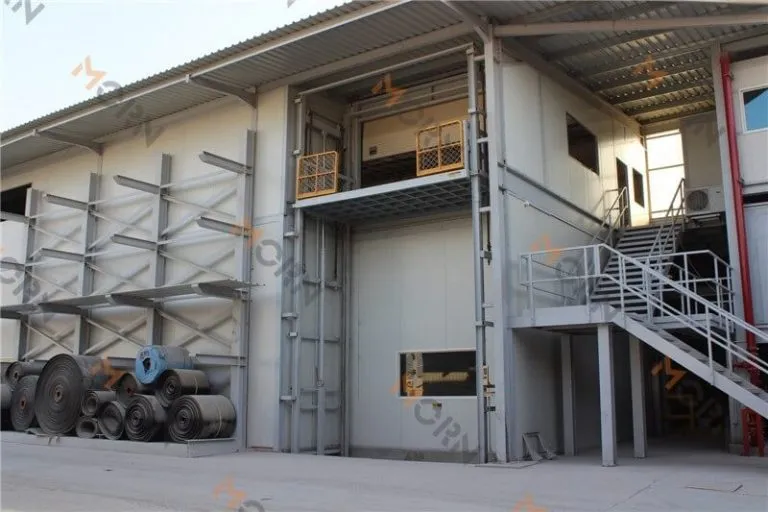Table of Contents
Portable Man Lift

Do Not Operate Portable Man Lift Unless:
You learn and practice the principles of safe machine operation contained in this operator’s manual.
- Avoid hazardous situations.
- Always perform a pre-operation inspection. Know and understand the pre-operation inspection before going on to the next section.
- 3.Always perform the function tests prior to
use.
- 4.Inspect the workplace.
- 5.Only use the machine as it was intended.
Fundamentals
It is the responsibility of the operator to perform a pre-operation inspection and routine maintenance. The pre-operation inspection is a visual inspection performed by the operator prior to each work shift. The inspection is designed to discover if anything is apparently wrong with a machine before the operator performs the function tests. The pre-operation inspection also serves to determine if routine maintenance procedures are required. Only routine maintenance items specified in this manual may be performed by the operator. Refer to the list following and check each of the items.
If damage or any unauthorized variation from factory delivered conditionis discovered, the machine must be tagged and removed from service. Repairs to the machine may only be made by a qualified service technician, according to the manufacturer’s specifications. After repairs are completed, the operator must perform a pre-operation inspection again before going on to the function tests. Scheduled maintenance inspections shall be performed by qualified service technicians, according to the manufacturer’s specifications and the requirements listed in the responsibilities manual.
Pre-operation Inspection
Be sure that the operator’s manuals are complete, legible and in the storage container located on the platform.
Be sure that all decals are legible and in place.
Check for battery fluid leaks and proper fluid level. Add distilled water if needed.
See Maintenance section. (DC models)
Check for hydraulic oil leaks and proper oil level. Add oil if needed.
Check the following components or areas for damage, improperly installed or missing parts and unauthorized modifications:
Electrical components, wiring and electrical cables
AC & DC models: Hydraulic power unit, hoses, fittings and cylinder Platform entry mid-rail
Sequencing cables and pulleys
Lifting chains and idler wheels
Nuts, bolts and other fasteners
Mast columns
Breather cap
Outriggers, leveling jacks and footpads
Check entire machine for:
Dents or damage
Corrosion or oxidation
Cracks in welds or structural components
Inspect and clean battery terminals and all battery cable connections (DC models)
Be sure that all structural and other critical components are present and all associated
Scheduled Maintenance
Maintenance performed quarterly, annually and every two years must be completed by a person trained and qualified to perform maintenance on this machine according to the procedures found in the service manual for this machine. Machines that have been out of service for more than three months must receive the quarterly inspection before they are put back into service.
Returning the Machine to Standing Position
1 Be sure the area below the machine base and T-handle is clear of personnel and obstructions.
2 Slide out the T-handle until the lock pin snaps into place.
3 Carefully pull down the T-handle until the machine rests at midtilt position.
4 Lower the machine with the T-handle until the base casters are in contact with the ground. Use the appropriate number of people and proper lifting techniques.
5 Return the sliding T-handle to the stowed





